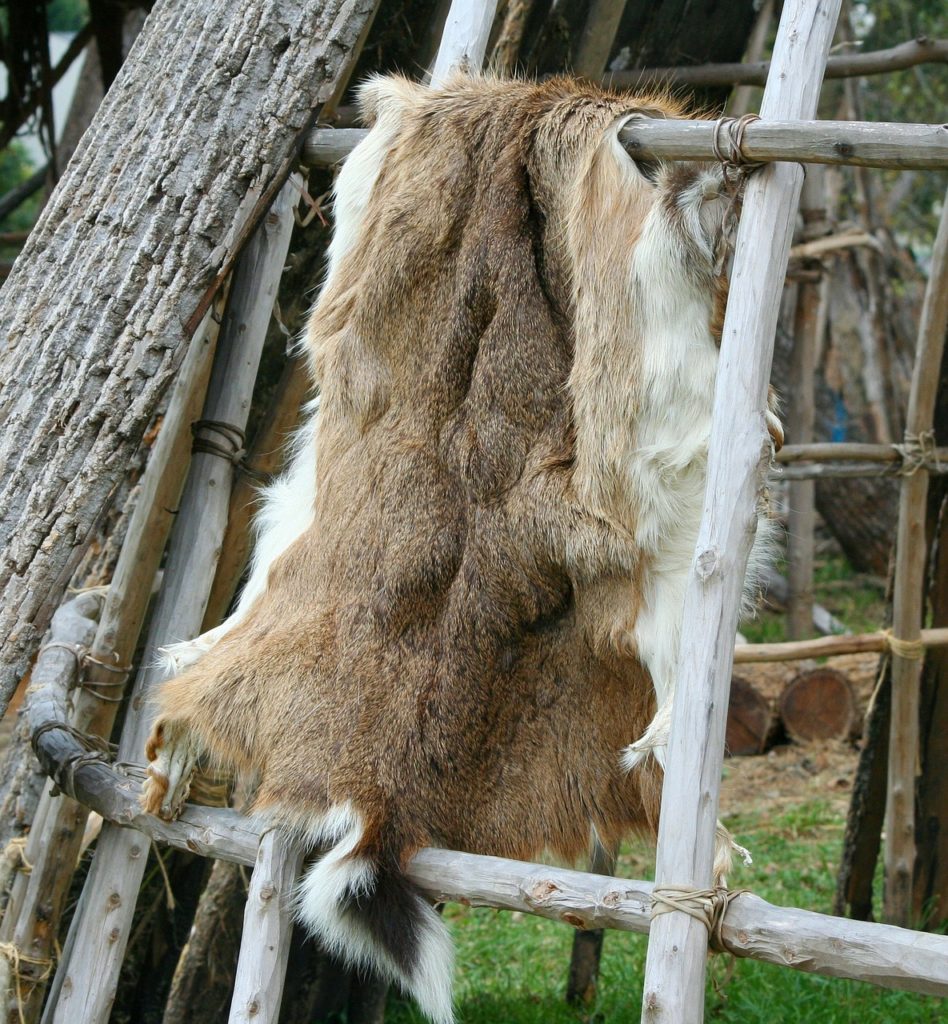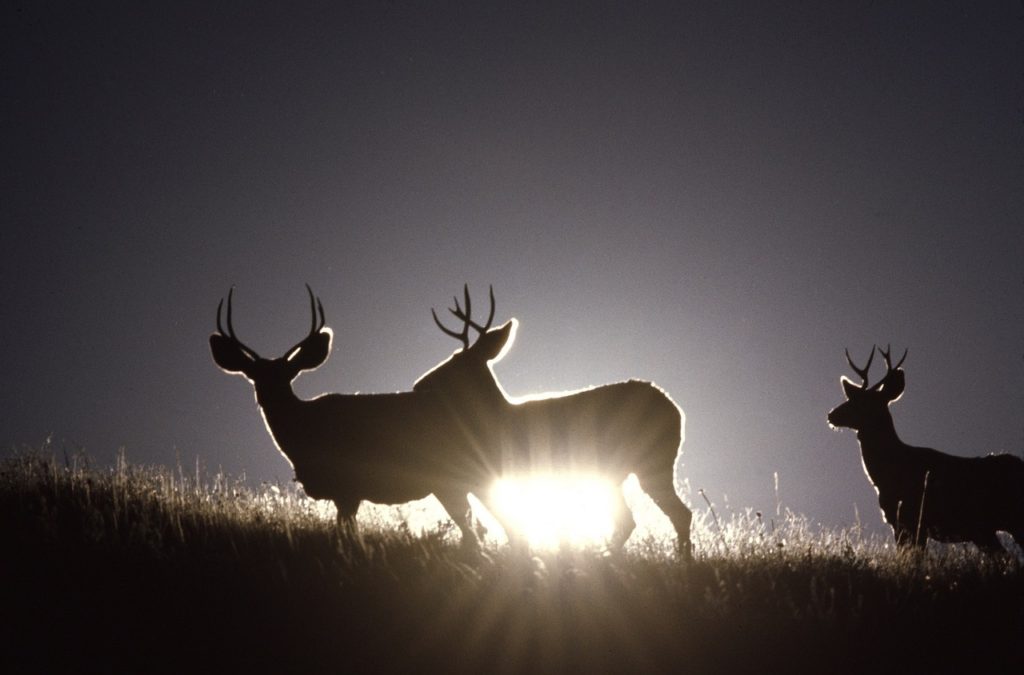Snow White may have been pals with all the forest creatures, but she had a team of dwarves bringing home the bacon and a steady stream of apples delivered straight to her door. The rest of us need a little more from animals than musical accompaniment.
If you’re in the forest, a deer carcass is an extremely useful find that can greatly boost your chances at survival. Whether hunted or scavenged, there are countless ways to use your survival skills and harvest every part of your deer. Here are our top eight.
#1: Venison
While we risk stating the obvious here, deer = animal = meat. Steaks are delicious but don’t overlook organ meats for extra mineral content and vitamin D.
If you’re able, smoke and dry some of the meat as jerky to tide you through tougher times. It’s a survival skill that may take some practice, but a deer carcass doesn’t come along every day.
If you can’t eat the meat of your deer because it’s scavenged and the meat has begun to spoil, you can still get some great use from the animal. Hold your nose and read on.
#2: Weapons
In a survival situation, it’s arguable that the bones of a deer are even better than the meat. They’re your means of making weapons that can feed you again another day.
If you lack carving tools, you can make some by breaking off pieces of rock with a hammer stone. Find a knappable rock — one that will split apart into sharp layers — by looking near riverbeds or exposed outcroppings of rock. This primitive blade can now be used like a saw to work your bone. Cut with your rock chip and file on a rough piece of stone to shape your tool.
Once you’ve mastered this technique, you can make spear points, knives, and arrowheads from bone (just to name a few). Trust us – nothing warms the heart like goring something through the face with a weapon you made yourself.
The Ultimate Guide to Skinning and Tanning provides a complete guide to all of this.
#3: Tools
The bone-shaping technique we described isn’t only good for weapons. There are a huge variety of useful, non-lethal tools that can be made from bone.
Awls, needles, spoons, and fish hooks are all good options, but get creative and focus on your specific needs. Maybe all you really want is a nice set of panpipes. We doubt your odds of survival, but at least you’ll die happy.

Hanging Deer Hide
#4: Buckskin
While turning a raw deer skin into buckskin takes time, patience, and know-how, it’s a survival skill worth learning. A primitive technique called brain tanning will produce a product that’s soft, warm, and comfortable.
Make clothes, bedding, pouches, or even moccasins. You didn’t think your Wal-Mart t-shirt was going to last forever, did you?
#5: Rawhide Cordage
Once you’ve used the majority of your deer hide for other purposes, use the scraps to make rawhide cordage.
Simply cut a long, thin strip from your hide, twist it taut, and stretch it out to dry. You’ll have a cord that can be used for anything from shelter building to tool and trap making.
#6: Sinew Thread
Sinew is the substance that connects muscle to bone. By harvesting tendons from your deer (there’s a good one in the ankle), you can make thread that’s incredibly tough.
Take your dried tendon and beat it with a rock until it begins to fray. Separating the frayed strings into threads is all it takes to make thread –useful for sewing and even for bow strings. By weaving the threads together, you can make incredibly tough cordage.
Only caveat: sinew loses tension when wet. So when hunting your next deer, don’t weep onto your bow over the harsh loss of its sweet, tender life. Just kill it.

Silhouette of Mule Deer
#7: Glue
We’ve told you how to use most parts of your deer. Making glue will use everything else in one fell swoop. Besides, when something breaks, a useful glue can be the difference between survival and … well, not survival.
Put hooves, leather scraps, rawhide, and sinew over the fire. Boil it all for several hours in a small amount of water, and you’ll get a thick glue that’s useful for tool and weapon making as well as repair. It, too, dissolves in water – so don’t use it on your canoe.
#8: A New Friend
By the time you get your hands on a deer, you’ll probably have been living in the wild for quite some time. The dead, cold eyes of your carcass may be the first face you’ve seen in months – and a social outlet is pretty important for survival.
Doesn’t he sort of look like a “Jerome” to you? Jerome’s pretty quiet, but he’s a great listener, and he’s happy to let you wind cordage around his antlers when you’re weaving. Everyone needs a friend sometimes, right? That fifth of bourbon you packed will help all of this make sense.
For a complete guide, check out The Ultimate Guide to Skinning and Tanning: A Complete Guide to Working with Pelts, Fur, and Leather.